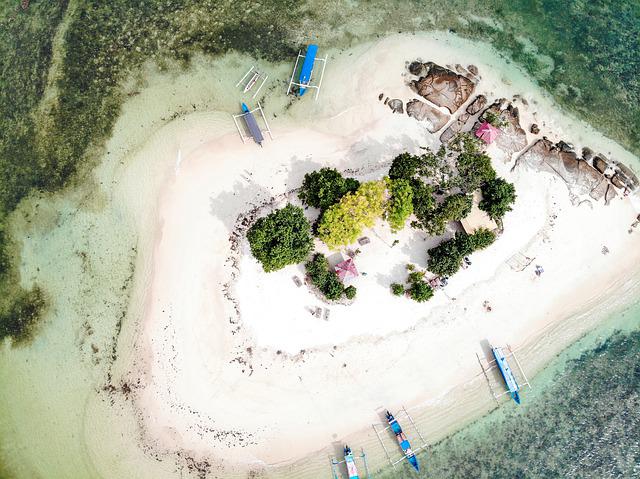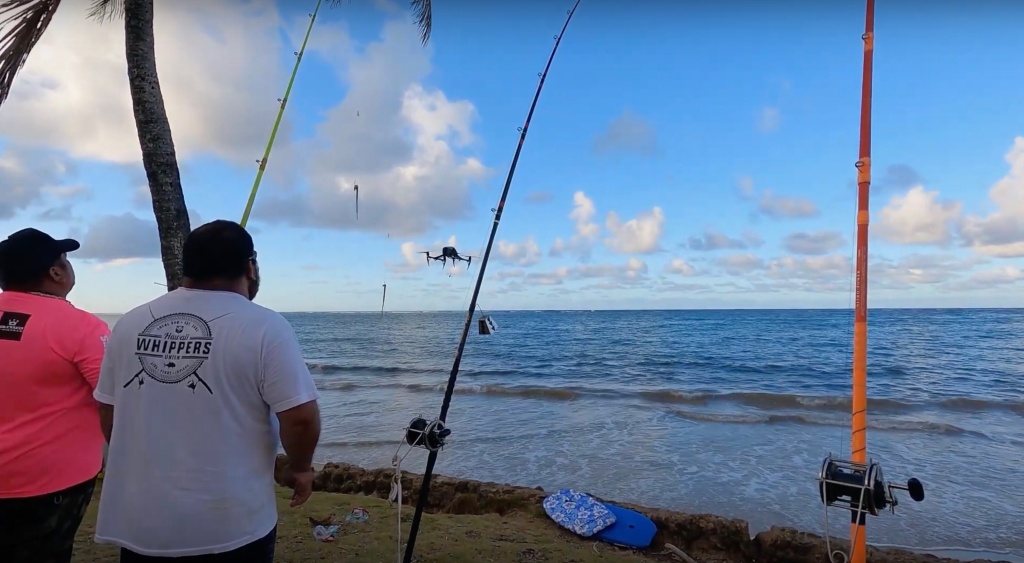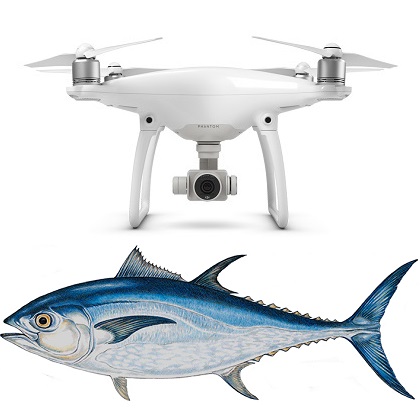
We'll be covering the basics of a drone-fishing rig in this article. We'll also look at what to pay attention to when choosing your drone, battery life, and payload. After that, we'll look at some ways to get the most out of your drone. For more tips and tricks, read on. Soon you will have the drone of dreams! Let's begin !..., and maybe even catch a few fish.
Basic drone fishing equipment
When you are ready to start drone fishing, the first thing you need is a good set of hooks. The fishing line should not be more than twice the length. It should be mono- or braided. You should tie a Uni knot or Cat's Paw Loop to it. You'll also need a sinker between 2-8 ounces and hooks for attaching to each second section of your backbone. Attach the snap swivel's lead loop to your drone's end loop.
There are many ways you can create a fishing drone. One basic method involves attaching a hook on the drone's landing gear and spinning the line until it releases. Other low-cost ways include using a dropper to keep the fishing line below the drone and a drop line. A dropper is a device that allows you to keep your main line above the drone and avoid it becoming tangled in the propellers. You can add accessories to your fishing drones, such as a dock and a battery pack.
Once you have the basic drone fisherman rig purchased, you will need additional equipment. You will need a 700-meter fishing line and a bait dropper device. These are optional extras but will make your drone fishing trip more enjoyable. A drone will provide you with a clearer view and make it easier to spot fish.

Payload for drone fishing system
Safety precautions must be followed if you are going to fly a drone to catch fish. Avoid flying your drone in strong wind or rain. Here are some suggestions:
Firstly, make sure that your drone has a solid carrying capacity. If you load it with heavy lures and braided line, it will not be stable. If you are fishing near the seaside, wind can blow the drone off course. Also, it's important to verify local regulations and laws as some may prohibit you from fishing with a drone. You need to ensure that your drone is strong enough to carry you when you go fishing.
Next, you need to decide which accessories will be needed to mount your drone. A good rule of thumb is to use a rigging system that has a central attachment point to reduce weight distribution problems. The motor struts of the drone, landing gear, as well as the legs are the most appropriate attachment points. Payloads attached to the camera and/or gimbal can cause damage. One simple solution is to tie a length fishing line from one end to the other. Tape can be used to keep it from falling apart.
The battery life of drone fishing rigs
Before you take off fishing with your drone, make sure to check all the gear and batteries. This will prevent your drone from running low on battery life, and you can focus on fishing instead. You can charge some drones with solar panels or car batteries. Make sure your batteries are fully charged before you start. This will ensure your drone is ready for flight as soon as your reach your fishing spot.

The drone's flight time is another important aspect to consider. While some models are faster than others, a drone that can fly for just twenty-two minutes will suffice. This is great if the drone can fly for hours on the water. But you should be aware that a drone with limited endurance will be inoperable and will make it nearly impossible for you to catch fish.
Once you've set up your fishing gear, attach the line clip to your drone's legs, or to your motor struts. Then, attach the bait to the fishing line. Before you start to fly the drone, lock the reel and then unlock it when you are ready to drop the bait. As the drone drops the bait into the water, the tension will increase. You should charge the battery every time you use it, otherwise it might not function properly.
FAQ
Can my drone be flown in my local park?
Yes, drones are allowed to fly in parks across the globe. Due to safety concerns, certain countries don't allow you to fly drones in parks. Take a look at our list of legal places to fly drones for entertainment.
What kind batteries does a drone need?
Most drones use lithium-ion batteries. A drone typically uses between 3 to 6 volts.
Flying with a drone?
Drones are increasingly becoming popular both for personal and commercial use. They are used to film, fly, map, rescue and search and rescue. A number of new regulations have been approved by the FAA for drones. These include registration, licensing, pilot training and insurance. These new regulations will ensure drones are safe for all.
Statistics
- According to the multiple listing service (MLS), houses and apartments with drone photographs are up to 68 percent more likely to sell than those without pictures. (thedroneu.com)
- According to Indeed, a drone pilot gets paid $25.73 per hour on average in the US. (dronesgator.com)
- Research and Markets predict a growth rate of 51.1% over the next five years. (thedroneu.com)
External Links
How To
How To Fly Drones For Beginners
A drone is a remotely-controlled aircraft that is used for aerial photography and surveillance. Drones have been in use since World War II. DJI's Phantom quadcopters became commercially available in 2010. From beginner-friendly drones such as Parrot AR Drone 2.0 through professional-grade multirotor craft like DJI Mavic Pro, many types have been available.
There are many options for flying a drone.
-
Remote control: This uses a remote control device that attaches to your hand and allows you control the drone along its flight path. There are two main types for controllers: Joysticks or On/Off switches, which can be used to control the drone's flight path.
-
Manual Control – This allows remote operation of the drone via GPS coordinates using a smartphone application. You will need to keep track of where the drone is going and follow the directions from the app.
-
Autonomous Flight – This is when the drone handles all the piloting tasks. It allows the drone to fly independently without any human intervention. To enable autonomous flight, the drone should have a built in camera and sensors capable recording images and data.
-
Triggered Flying - This method works in the same way as manual control. However, the pilot has to manually set up a route for the drone and it follows that route until reaching the endpoint. The drone automatically lands once the route has been completed and returns to the base.
-
Landing Gear- Some drones include landing gear that allows for safe landing if the power goes out or they run out of batteries.
-
Goggles - Pilots may wear goggles to shield themselves from flying debris.
-
Camera – Some drones have cameras, which allow you to take photos or videos from up high.
-
Obstacles. Some drones can have obstacle avoidance technology that stops them from hitting obstacles.
-
Speed - Some drones can reach speeds of over 40 mph.
-
Battery Life: Most drones have a battery life of between 20 and 30 minutes depending on how many power sources you use.
-
Distance - Some drones can travel up 30 miles depending on the model.
-
Power source - Some drones need an external power source, while others use internal batteries.
-
Weight - Some drones have a weight of less than 1 pound and others weigh 4 lbs.
-
Size - The size of drones varies from small, easily carried devices to more substantial crafts that weigh in excess of 50 pounds.
-
Price - All drones fall within a specific price range, from high-end models that can cost thousands of dollars to lower-cost options starting at $100.